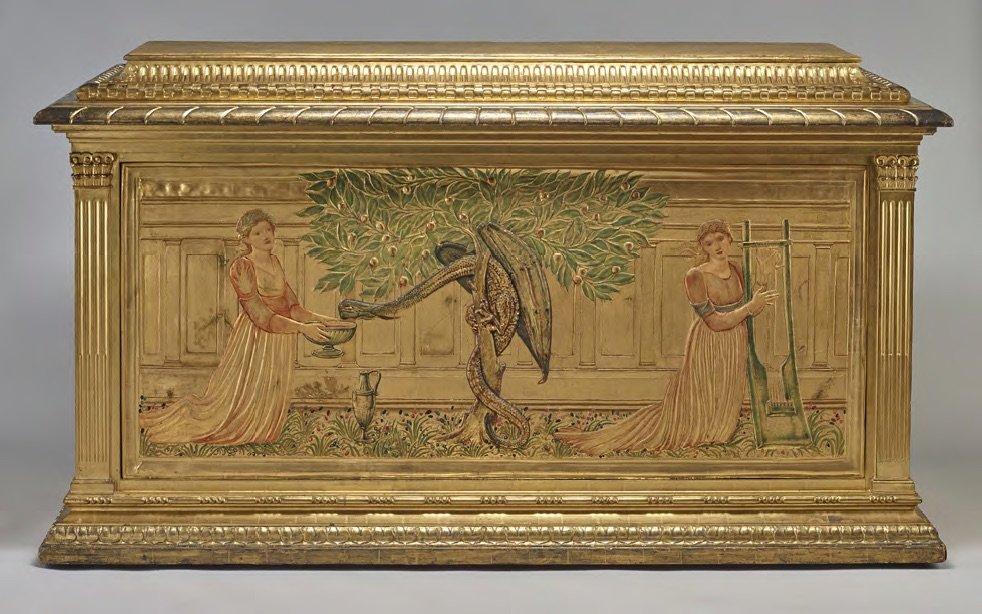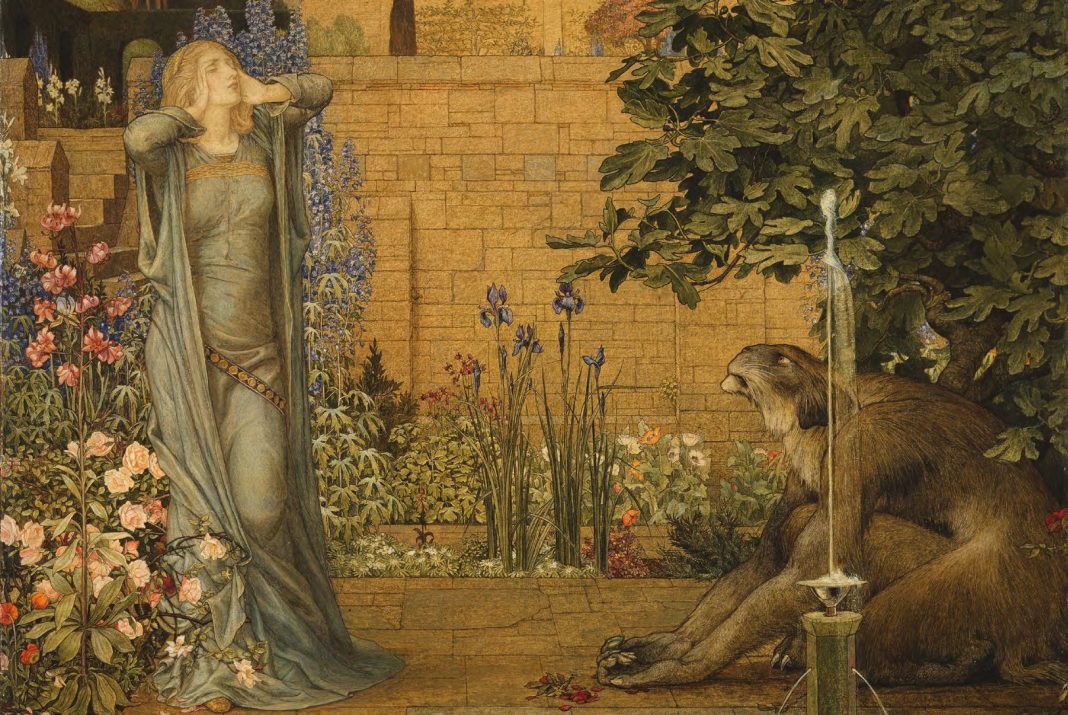Feature Image:
Beauty and the Beast, by John Dickson Batten © Birmingham Museum and Art Gallery.
With a passion for nature and real rather than idealized notions of beauty, Britain’s Pre-Raphaelites were the rebels of the cultural world in the mid-19th century. Drawing inspiration from the artistic styles and techniques of the medieval period rather than the Renaissance, the seven young men who formed the Pre-Raphaelite Brotherhood would greatly influence the upcoming Arts and Crafts and Art Nouveau movements. But their impact extended beyond the cultural, according to the curators of Harvard Art Museums’ division of European and American art.
“The Pre-Raphaelite movement emerged in 1848, a year of political upheaval and revolution across Europe,” the curators note. “The Brotherhood proposed radical aesthetic change that had ramifications not only in their sphere of art and culture, but also in politics and religion. Rejecting the artistic status quo, they sought to return to the ideals and collaborative practices of the Middle Ages. Within painting, they aspired to revive the techniques seen in the work of Italian artists before Raphael. Pre-Raphaelite paintings are characterized by their rejection of academic compositional structure and their embrace of vividly chromatic palettes and a compression of space within the picture plane.”
Renouncing the Victorian era’s conservatism, and the British Royal Academy’s preference for the period’s aesthetics and its teaching methods, the Brotherhood was also responding to “the industrialization of Great Britain in the 19th century,” says Nevada Museum of Art senior curator and deputy director Ann M. Wolfe. “In response to those new industrial technologies, artists of the Pre-Raphaelite Brotherhood were asking, ‘How do we return beauty, honesty, and the handmade to the fine arts?’ ”
For five decades, until the movement fell out of fashion around the turn of the century, the Pre-Raphaelites managed to do just that, creating moody, introspective art rendered in a hyper-realistic style, filled with romance, sexual longing, and an obsession with female beauty. The finest examples of their work are found primarily in England, foremost at the Birmingham Museum and Art Gallery, as well as London’s Victoria and Albert Museum. The Delaware Art Museum owns the finest Pre-Raphaelite collection in the U.S.; the Museum of Fine Art in Boston and Harvard’s Fogg Museum also boast notable examples from the movement. All are worth a long, lingering visit, as is the “Victorian Radicals” show touring the country, featuring art on loan from Birmingham’s collection.
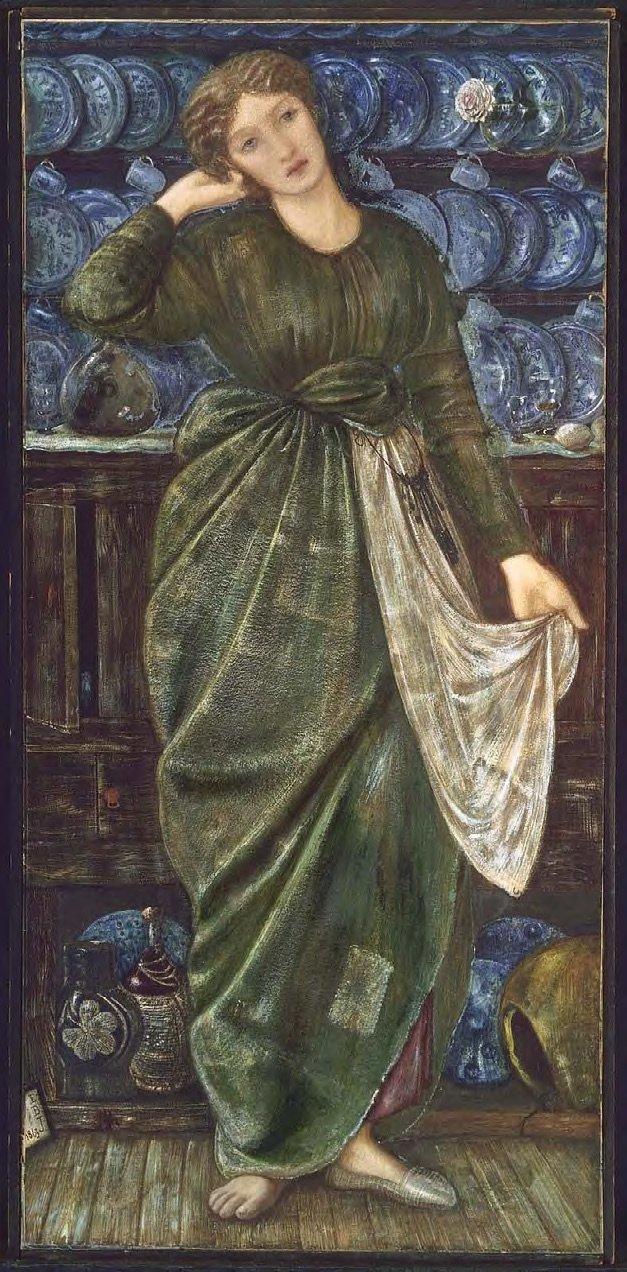
Delaware Art Museum
Wilmington, Delaware
For Americans, any serious look at the Pre-Raphaelites must begin at the Delaware Art Museum in Wilmington. It’s home to the largest collection of such art outside Britain: a magnificent mix of paintings, drawings, decorative arts, and photographs totaling more than 150 works.
“The collection was the result of the passion of Samuel Bancroft, a Wilmingtonian, who … traveled back and forth to the U.K. for business and fell in love with the art of the Pre-Raphaelites,” says Margaretta S. Frederick, the Annette Woolard-Provine curator of the Bancroft Collection. “He purchased his first Pre-Raphaelite painting, Dante Gabriel Rossetti’s Water Willow, in 1890 and continued to collect until his death in 1915.”
Some of the museum’s more stunning pieces include Rossetti’s La Bella Mano, a richly rendered portrait of a young woman—perhaps Venus, the personification of love—washing her hands with two Cupids in attendance. The Brotherhood’s devotion to vivid, vibrant colors is very much in evidence, as is their use of intricate detail, seen especially in the depiction of the woman’s jewelry. Other notable works at the museum include Edward Burne-Jones’s rich, dense The Council Chamber, painted over the course of two decades and inspired by the tale of Sleeping Beauty.
There’s much more to see from the Pre-Raphaelites at the Delaware Art Museum, and art lovers flock there to do so, says the institution’s chief operating officer Molly Giordano. “Visitor favorites include Found and Lady Lilith by Dante Gabriel Rossetti—both of which are frequently featured in international exhibitions—and Love’s Messenger by Marie Spartali Stillman,” she says. “Visitors from all over the world travel here to catch a glimpse of this stunning collection in person.”
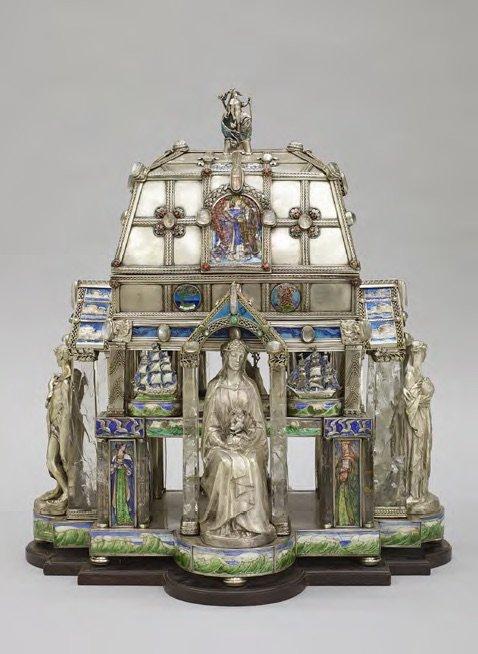
Birmingham Museum and Art Gallery
Birmingham, England
Birmingham Museum and Art Gallery holds the globe’s most important collection of Pre-Raphaelite art, boasting some 3,000 pieces ranging from paintings to decorative art and design, drawings, and prints. Rossetti’s protégé, Edward Burne-Jones, who was born in Birmingham, gets the museum’s royal treatment; it holds more of his work than any other institution, including both recent acquisitions as well as the epic watercolor The Star of Bethlehem, which was commissioned by the city of Birmingham for the museum in 1887.
The Star of Bethlehem, along with Ford Madox Brown’s The Last of England, which depicts emigrants leaving the country for Australia, represent a few of the favorite Pre-Raphaelite works currently in residence at Birmingham. About 200 pieces of the institution’s collection are touring the U.S. through early 2021. While there is still much worthy art to see there, fans of the Brotherhood would do better visiting after the heart of the museum’s collection returns home.
Victorian Radicals: From the Pre-Raphaelites to the Arts & Crafts Movement
Yale Center for British Art, New Haven, CT
February 13–May 10, 2020
Nevada Museum of Art, Reno, NV
June 20–September 13, 2020
The Frick Pittsburgh, Pittsburgh, PA
October 29, 2020–January 24, 2021
This show-stopping exhibit from Birmingham Museums Trust, in partnership with the American Federation of Arts, give audiences a look at the work of “Victorian rebels who overturned every convention about how to paint and how to live,” says guest curator Tim Barringer, Paul Mellon professor and chair of the history of art at Yale University. “Their works are vibrant in color, and often challenging in subject matter; they deal with issues from modern life and from ancient mythology that horrified mainstream Victorian taste. Their visual appeal has never been stronger than it is today—especially to a generation growing up with Tolkien movies and Game of Thrones.”
According to Sarah Hall, chief curator and director of collections for The Frick Pittsburgh, exhibit visitors should especially keep an eye open for “iconic” paintings like John Everett Millais’s The Blind Girl, Brown’s The Pretty Baa-Lambs and Work, Arthur Hughes’s The Long Engagement, and Rossetti’s Beata Beatrix. Art from “just about every major practitioner in the style” makes an appearance, she says, with contributions from Burne-Jones, Frederick Sandys, William Holman Hunt, and William Morris.
There are examples of decorative arts, clothing, stained glass, and other items from the development and spread of the movement’s aesthetics and ideals,” Hall says. “What visitors will experience is a real immersion in this time period: major, beautiful and thought-provoking paintings, and complementary examples of metalwork, ceramics, jewelry, and other items that help give a better understanding of why these artists were radicals and what their legacy is today.
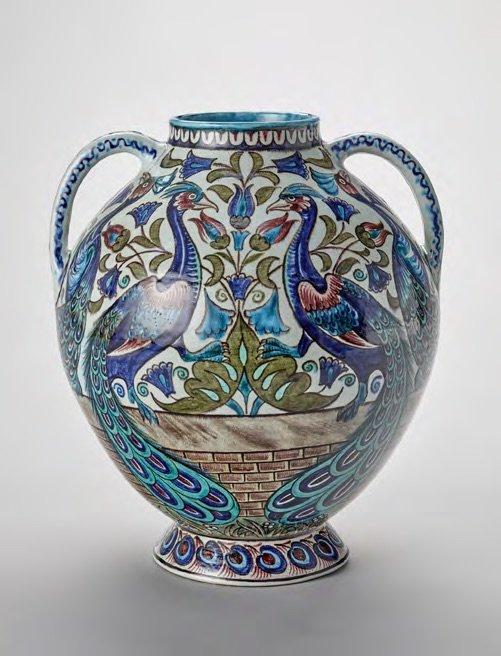
Museum of Fine Arts, Boston
Boston, Massachusetts
Along with the Isabella Stewart Gardner Museum, home to the exceptional Rossetti panel Love’s Greeting, the Museum of Fine Arts is a crucial stop in any Brotherhood-based tour of the Boston area. While Harvard’s Fogg Museum offers a far deeper collection, MFA’s small but exquisite assemblage
of Pre-Raphaelite art is nonetheless breathtaking. Among the more crucial works is Rossetti’s Bocca Baciata. It was the first of his paintings featuring a seated, deeply sensuous female figure, a style which would come to define his work. Less voluptuous but more whimsical is William J. Webbe’s charming Rabbit Amid Ferns and Flowering Plants. The museum also features a number of Burne-Jones’s pieces, including Hope, which depicts Virtue in chains, reaching for the sky.
Victoria and Albert Museum
London, England
The V&A is chock full of fine Pre-Raphaelite paintings and decorative arts, including furniture, book illustrations, and more. It also contains numerous rare sketches and photographs, like preparatory drawings for Burne-Jones’s Cupid’s Hunting. One of the most prominent paintings is Rossetti’s haunting oil on canvas, The Day Dream, originally named Monna Primavera. It features frequent Rossetti subject Jane Morris seated in a sycamore tree and holding honeysuckle. A Victorian love token, the honeysuckle was rumored to be a nod to their secret affair.
Fogg Museum
Cambridge, Massachusetts
The blockbuster collection of Pre-Raphaelite art at Harvard University’s Fogg Museum comes courtesy of Grenville Winthrop, who began amassing paintings and works on paper from Rossetti, Millais, Hunt, Burne-Jones, Brown, Simeon Solomon, Albert Moore, and George Frederick Watts at the beginning of the 20th century. Despite pressure to bequeath his collection to the National Gallery of Art, Winthrop left it to his alma mater in 1943.
The curators of Harvard Art Museums’ division of European and American art recommend visitors pay special attention to Rossetti’s Blessed Damozel and A Sea Spell, two paintings they note are “based on the artist’s own poems and featuring the model Alexa Wilding. Ford Madox Brown’s Self-Portrait, one of only two self-portraits in oil that the artist completed, is among the most arresting portraits to emerge from the period.”
And, they add, “a highlight of the collection includes the works on paper—watercolor, charcoal, chalk, and ink drawings—some of which were made as preparatory studies for well-known oils. While these light-sensitive works are not always on view in the galleries, visitors may see these drawings by appointment.”
In November 2020, the museum will open a small installation of rarely exhibited drawings by Simeon Solomon, which will run through April 2021.
